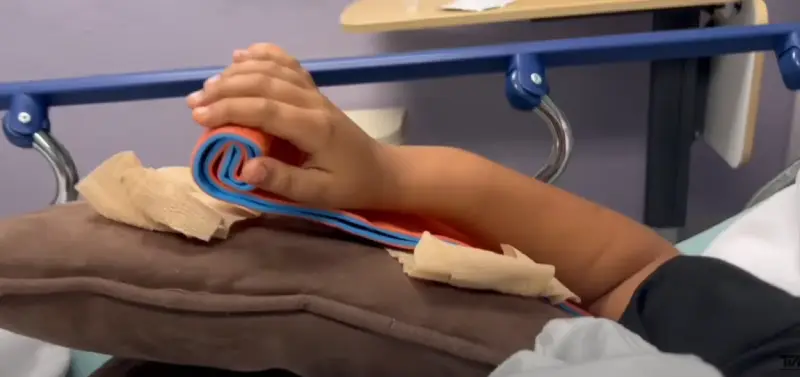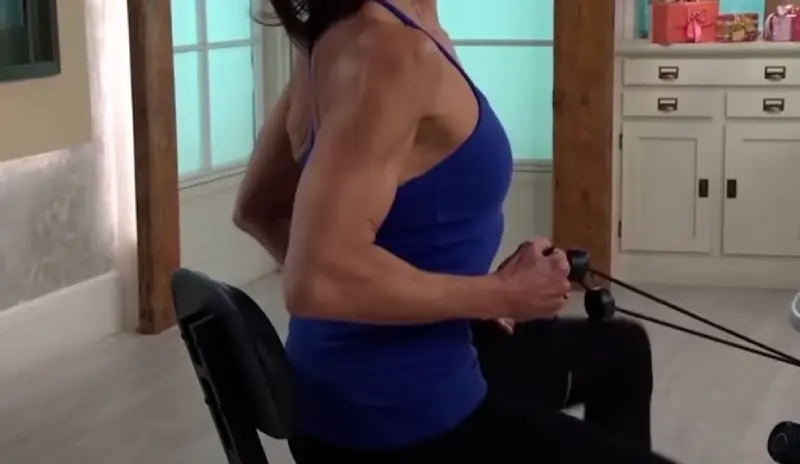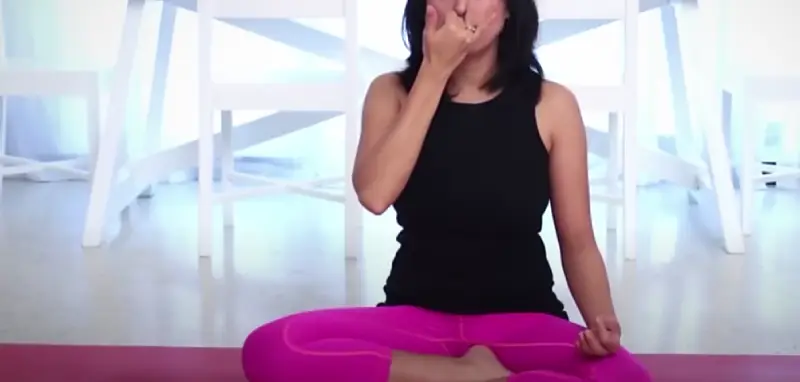A broken arm can lead to excessive bleeding and swelling, which can cause compartment syndrome, loss of sensation, stiffness, bone infection, and function in the affected arm, hand, and fingers, as well as an increased risk of wound infection.
Usually, broken arms fully heal in 12 weeks, but achieving full strength can take two years, especially with physical therapy’s crucial and supportive role.
During this period, limiting or taking precautions with work, driving, sports, and other activities involving pushing and pulling may be necessary.
In this blog post, we discuss the duration of recovery from a broken arm, factors that influence recovery time, and the most effective methods for speeding up recovery.
How Long Does A Broken Arm Take To Heal? 6 Big Factors

Fractures in different parts of the arm have varying healing times depending on the location and severity of the fracture, as well as the age and overall health of the individual. Here’s a more detailed explanation:
Adult Forearm Fracture
Forearm bones comprise the radius and ulna. Healing time is 3–6 months. Fractures here can take longer to heal because of the movement and function of these bones in daily activities.
Broken Wrist (Distal Radius Fracture)
A broken wrist, or distal radius fracture, is a common injury among cyclists, often resulting from a fall during a ride. The wound usually heals in 3 months, but full recovery can take up to 12 months. A wrist joint consists of many small bones and ligaments. Initial bone healing usually occurs within 6-8 weeks, but regaining full strength and mobility can take longer.
Elbow Fracture
An elbow fracture involving the humerus, radius, and ulna is a severe concern for cyclists. A full recovery can take over 12 months, but healing usually takes around 4 months. The elbow joint involves the humerus, radius, and ulna. Recovery includes regaining the range of motion and strength, which can be prolonged.
Upper Arm (Humerus) Fracture
It’s hard to ride a bike with an upper arm fracture (humerus). The humerus can heal in 6-12 weeks, depending on the severity of the fracture, the age of the patient, their overall health, and the type of injury. Because it is a single long bone, recovery might be easier than a joint with multiple bones.
6 Factors Influencing The Healing Time of A Broken Arm
Various factors can affect the timeline for recovering from a broken arm. By understanding these essential elements, individuals undergoing treatment for a fractured arm can better comprehend the healing journey and take proactive steps to support optimal recovery.
The severity of the Break
The severity of the arm fracture plays a significant role in determining the healing time.
Complex fractures may require more extended healing periods compared to simple breaks.
Treatment Approach
Treatment methods, such as casting, surgery, or immobilization, can affect healing duration.
Surgical interventions often involve longer recovery times but may be necessary for severe fractures.
Age and Health Status
Age and overall health can impact the body’s ability to heal effectively. Younger people and those in good health experience faster healing than older adults or people with underlying health conditions.
Compliance with Medical Recommendations
Adhering to post-injury care instructions and attending follow-up appointments is crucial for promoting proper healing. Failure to follow medical advice may delay healing and lead to complications.
Incorporation of Physical Therapy
Physical therapy and rehabilitation exercises can expedite arm mobility and strength recovery.
Regular participation in prescribed exercises can enhance blood flow, reduce stiffness, and promote muscle reconditioning.
Nutrition and Hydration
An essential nutrient-rich diet like protein, calcium, and vitamin D supports bone health and healing. Staying hydrated aids in tissue repair and overall recovery processes.
Enhancing The Healing Process of A Broken Arm: 5 Methods

It’s a significant journey that requires patience, care, and attention to various factors that can positively influence the recovery timeline. By enhancing the healing process, individuals can support their bodies in healing effectively and expedite the return to full arm functionality.
Embracing a Healthy Lifestyle
- Vitamins, minerals, and protein supports bone strength and overall healing, giving you the stamina needed for long rides.
- Exercise, within the limits set by your healthcare providers, can improve blood circulation and promote muscle recovery, preparing you for the physical demands of cycling.
Importance of Proper Care and Attention
- Providing the injured arm with proper care, such as immobilization and protection, is crucial for allowing the bones to align and heal correctly, ensuring you can safely grip the handlebars again.
- Regularly monitoring the arm’s progress and consulting healthcare professionals for guidance can prevent complications and ensure a smooth recovery, allowing for a quicker return to your cycling routine.
Utilizing Supportive Therapies
- Physical therapy tailored to the cyclist’s needs can help restore arm mobility, strength, and function after injury, ensuring you can handle various terrains and maintain balance.
- Alternative therapies like acupuncture or massage may complement traditional treatments and ease pain or discomfort during healing, allowing for a more comfortable ride.
Incorporating Mind-Body Techniques

- Practices like mindfulness and relaxation can boost your mood and help your body’s healing response, which is essential for mental endurance during long rides.
- Deep breathing exercises or meditation can reduce anxiety, enhance sleep quality, and support overall well-being during recovery, making focusing on your cycling goals easier.
Adhering to Medical Recommendations
- Following the prescribed treatment plan, including medications, physical therapy exercises, and follow-up appointments, is essential for promoting optimal healing and getting you back on your bike.
- Communicating openly with healthcare providers about any concerns or changes in symptoms ensures personalized care and effective management of the healing process, helping you return to cycling safely and confidently.
Conclusion
Find out when a broken arm will heal. The healing process depends on factors such as the location of the fracture, your age, treatment approach, and general health. However, it’s important not to rush the healing process and instead create a healthy environment for your body to repair itself.
This involves proper arm care, maintaining a nutritious lifestyle, using supportive therapies, incorporating mind-body techniques, and closely following medical recommendations.
FAQs
How Long Do You Have To Wear A Cast For A Broken Arm?
Broken arms take time to heal. You’ll be immobilized in a splint, cast, brace, or sling for two to six weeks.

![Broken Arm Healing Time [6 Factors That Affect Recovery]](https://cacyclinghub.com/wp-content/uploads/2024/07/How-Long-Does-A-Broken-Arm-Take-To-Heal-1-1.webp)
